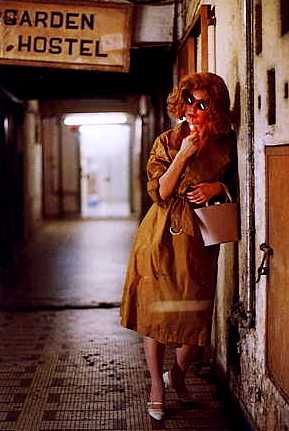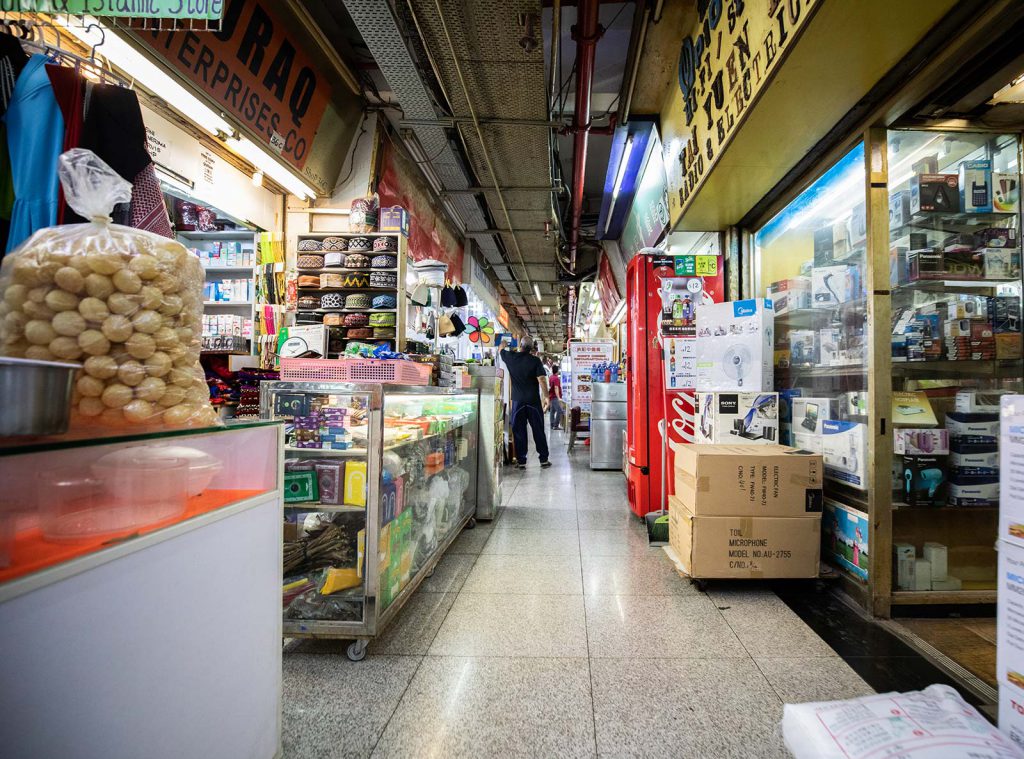Chungking Express, Tsim Sha Tsui, Hong Kong
Wong Kar Wai (1994)
Chungking Express, one of the most astonishing movies produce by a world-renown director Wong Kar Wai. The movie has two storylines that bonded with the same place — Chung King mansion and ‘Chungking’ the former words of the movie’s name are extracted by this place. Chungking mansion is a huge cube shape building located at 36–44 Nathan Road in Tsim Sha Tsui.
The endearing narrative of two forlorn and self-wallowing police on the bad side of a break-up is told in two sections in Chungking Express. These two consecutive stories were shrouded by both police 233 and 633 losing their lovers and unable to seek solace from others since everyone is preoccupied with their own lives. Officer 233, a childish but endearingly weird lover-boy who seeks solace in tinned pineapple by eating tinned pineapple who’s best before the date expires on his birthday to soothe his broken heart. His birthday is 1st May, the ex-lover’s name was May. And his story ended after chasing a smuggler with Blonde Wig. Officer 663, meanwhile, has recently broken his relationship with his flight attendant girlfriend in a distant section of town. Officer 663, like 223 in his peculiar eccentricities and abnormalities, is now talking to teddy bears and soggy dishcloths to soothe his inner sorrow.


(The drug smuggler Blonde Wig). (The corridor inside the chunking mansion)
“You brush past so many people every day, and some you may know nothing about.” said at the beginning line. Director Wong Kar Wai specifically selected Chungking Mansion as part of the venue in the movie because Chungking Mansion as the microcosm of Hong Kong society represents the diversity of ethnic groups in Hong Kong. Chungking express indicated the paucity of social interactions among Hong Kong residents shows their rejection of a collective identity. The visual representation of the packed Chungking Mansion and Lan Kwai Fong, as well as the narration of the literal space between two people, police 663 and 233, represent the physical proximity in Hong Kong. People live in their fragmented subjective space, even while they share a physical one. People go about their daily activities and follow their pathway with little effect from each other. People in Hong Kong are physically close, but their social connections are far apart. The repetition of the inner monologue emphasizes the solitude. People are encapsulated in their mental worlds, and the voice-over does not allow others to explore their inner emotions.


(The store inside the building) (The outlook of Chungking mansion shot from isquare)
In the movie, Wong in flavor with a hand-held camera and a low frame rate to emphasize anxious and the restless of the emotion, and non-stopping moving and shifting to enhance underscore his themes. Under the camera, Wong dims the light, focuses on the narrow corridor, and fills up with numerous people which makes the vibes of Chungking mansion turn dark and twisty and create a stereotype Hong Kong’s South Asian community abhors. However, Wong makes a huge contrast between reality and movie in Chungking mansion. It’s a place packed up with ethnic minorities but full of enthusiasm and willingness to share the best restaurant in this building. Wong illustrates the very dark side of the building to let us feel the light side of warmness and human kindness by ourselves stepping into that place.

(Cops 233 running away from Chungking mansion)
Fung Ching Hin 3035864211
Reference:
- Desser, David. “Chungking Express, Tarantino, and the Making of a Reputation.” Companion to Wong Kar-wai. Chichester, West Sussex: Wiley Blackwell (2016): 319-44.
You have made some analyses of the film techniques in Chungking Express by Wong Kar Wai. You may have a more detailed understanding of the specific spots in the set and relate that to the mood of the film. Moreover, it would be nice if you could utilize some concepts that are brought up in our classes, for example, contrast, to better illustrate your points. I would encourage you to closely observe and compare the scenes and the spaces in real life.